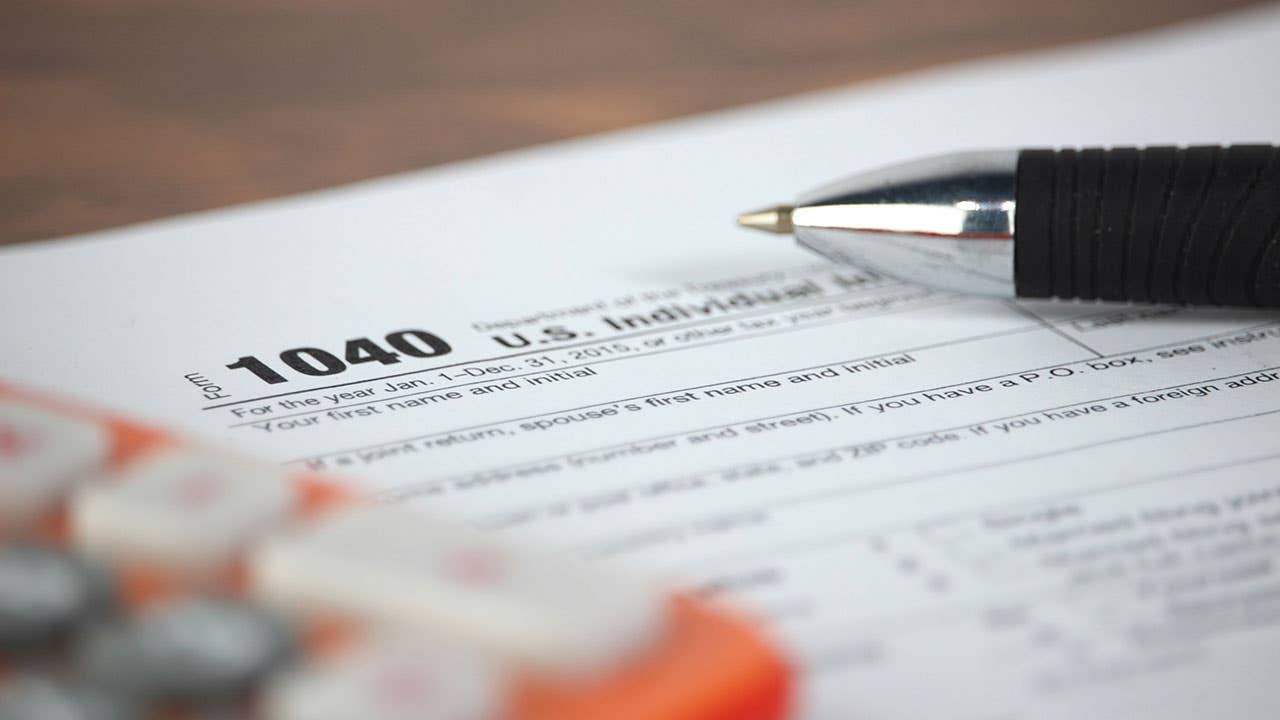What is the penalty for failure to file taxes?

The Bankrate promise
At Bankrate we strive to help you make smarter financial decisions. While we adhere to strict , this post may contain references to products from our partners. Here's an explanation for .
When you owe the government money but cannot afford to pay, your first impulse may be to not file your tax return. This is a painful mistake, since the Internal Revenue Service (IRS) has stringent penalties for failing to file taxes and they are often steeper than the penalties for being unable to pay the amount owed. In addition, the state you live in may impose certain penalties for unfiled tax returns that the IRS cannot.
The penalty for not filing taxes
The failure-to-file penalty is a 5 percent charge on the amount you owe for each late month. The maximum penalty is 25 percent, and if the filing is at least 60 days late, the penalty is either $205 or 100 percent of the balance. Of course, these penalties may not apply if you do not owe taxes, but you could face other consequences for not filing a return, such as not getting a refund if you were due for one.
When both failure-to-file and failure-to-pay penalties apply in the same month, the IRS combines the two to a 5 percent charge on the amount owed. If you do not file your return within three years, you lose the right to claim your refund.
If you owed taxes, you could face several consequences, including steep cumulative late payment penalties, loss of credits or deductions you were to receive, seizure of assets and a tax lien against your property. The longer the delay in filing or payment, the worse the tax problem grows and continues to go downhill with greater penalties.
How to pay a failure-to-file penalty
Sending a payment to the IRS or paying all the taxes you owe are the only ways to stop the penalties from adding up. The IRS offers several payment modes, including direct pay with your bank account, credit or debit card, wire transfer, check or money order, and in some cases, cash.
In certain instances, it may be possible to reduce or remove the penalties, if there is reasonable cause and you can establish that you acted in good faith. If you can contest an issue in the notice sent to you, your penalties may be removed. Other reasons that may be considered include: natural disasters or casualties such as a fire, events like death or serious illness of the taxpayer or someone from their immediate family or unforeseen destruction of financial records.
If you want to dispute the penalty, you can do so in the following way.
- Call the IRS on the toll-free number mentioned on your notice or send them a letter in the mail
- If making a phone call to the IRS, be prepared to explain your reasons why you think the penalty should be reconsidered or removed
- If sending a letter, make sure to include supporting documents along with your explanations
How to avoid a failure-to-file penalty
The best and easiest way to avoid a failure-to-file penalty is by filing your tax return by the deadline, including any extensions. Even if you cannot afford to pay the money you owe, it is essential that you still file, and then talk to an IRS representative about available options for payment. The IRS generally allows payment plans for taxpayers who aren’t able to afford their tax payments in a lump sum. If possible, send at least a fraction of the taxes due when filing your return, since this will make the IRS see you in a better light and be more open to negotiating a payment plan.
The IRS offers a number of payment options for those unable to pay the taxes they owe. You may be able to sign up for a monthly installment plan, get an offer in compromise or in extreme cases, have the dues forgiven entirely.
Remember, filing for an extension for your taxes simply means that you’re extending your tax-filing deadline. Generally speaking, tax payments are still due despite the extension.
Learn more:
Related Articles



